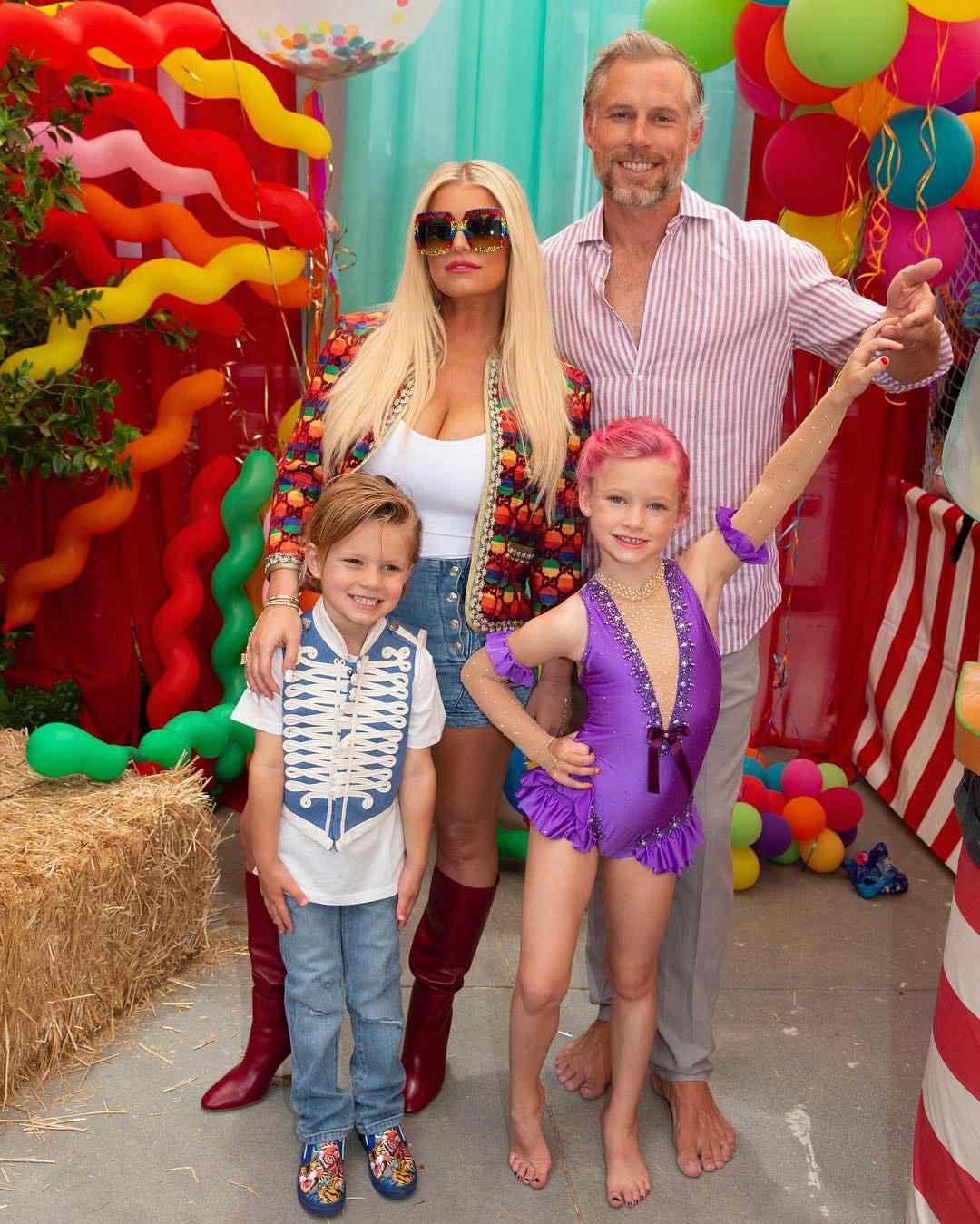Diverse Narratives: Moving Past Simple Representation Of Asians And Asian Americans In Media

Table of Contents
- The Problem of Stereotypical Representation
- The Model Minority Myth
- The Perpetual Foreigner
- The "Dragon Lady" and the "Lotus Blossom"
- The Importance of Authentic Storytelling
- Amplifying Diverse Voices
- Showcasing a Spectrum of Experiences
- Moving Beyond Single Narratives
- The Path Forward: Creating More Inclusive Media
- Industry Accountability
- Audience Engagement
- Conclusion
The Problem of Stereotypical Representation
The media's portrayal of Asians and Asian Americans is often reductive and harmful, perpetuating stereotypes that limit understanding and foster prejudice. These stereotypes hinder the development of diverse narratives that accurately reflect the richness and complexity of these communities.
The Model Minority Myth
The "model minority" myth paints Asians and Asian Americans as inherently intelligent, hardworking, and docile, implicitly suggesting they have overcome all obstacles through individual merit. This stereotype is incredibly damaging:
- It ignores the struggles faced by many within the community, including poverty, discrimination, and systemic barriers to success.
- It creates unrealistic expectations and pressures individuals to conform to a narrow definition of success.
- It masks the diversity of experiences within the Asian and Asian American communities, ignoring the unique challenges faced by different ethnic groups and socioeconomic backgrounds.
- It can fuel anti-Black sentiment by suggesting that other minority groups lack the same drive or discipline.
The Perpetual Foreigner
Another pervasive stereotype is the "perpetual foreigner," where Asians and Asian Americans are perpetually seen as outsiders, regardless of their citizenship status or length of residency in the country. This "othering" manifests in various ways:
- Characters are frequently depicted with thick accents, regardless of their fluency in English.
- Their cultural practices are exoticized or ridiculed.
- Their contributions to American society are minimized or ignored.
- They are consistently questioned about their origins and loyalty.
This constant othering undermines feelings of belonging and integration, reinforcing the sense of being perpetually marginalized.
The "Dragon Lady" and the "Lotus Blossom"
Asian women in media are frequently subjected to harmful and overly simplistic gender stereotypes, such as the seductive and villainous "Dragon Lady" or the demure and submissive "Lotus Blossom." These tropes:
- Limit the complexity of Asian women's characters, reducing them to one-dimensional archetypes.
- Perpetuate harmful gender roles and expectations.
- Reinforce objectification and fetishization.
- Prevent the portrayal of Asian women as complex, multi-faceted individuals with diverse personalities and experiences.
The Importance of Authentic Storytelling
To counteract the harmful effects of these stereotypes, we need a radical shift towards authentic storytelling. This requires a fundamental change in how the media portrays Asian and Asian American communities.
Amplifying Diverse Voices
The most crucial step is to actively seek out and platform Asian and Asian American voices, both in front of and behind the camera. This includes:
- Hiring diverse writers, directors, producers, and actors who can authentically represent their own experiences.
- Giving creative control to those within the community to ensure accuracy and authenticity in storytelling.
- Supporting independent filmmakers and projects that prioritize inclusive representation.
- Examples include the success of shows like Everything Everywhere All at Once and Shang-Chi and the Legend of the Ten Rings, which showcase a commitment to diverse casting and storytelling.
Showcasing a Spectrum of Experiences
Authentic storytelling must showcase the full spectrum of Asian and Asian American experiences, encompassing:
- The vast array of cultural differences between various ethnic groups (e.g., Chinese, Korean, Vietnamese, Filipino, Indian, etc.).
- The diverse socioeconomic backgrounds within the communities.
- The range of political viewpoints and perspectives.
This means moving beyond monolithic depictions and showcasing the nuances and complexities that make up these diverse communities.
Moving Beyond Single Narratives
It's imperative to avoid relying on a single narrative to represent the entirety of the Asian and Asian American experience. This approach:
- Reduces the complexities of individual stories.
- Perpetuates harmful stereotypes by focusing on limited aspects of the community.
- Fails to represent the diversity of experiences, beliefs, and identities within the community.
- Creates an incomplete and inaccurate picture.
The Path Forward: Creating More Inclusive Media
Achieving truly inclusive media requires a concerted effort from multiple stakeholders.
Industry Accountability
Media companies and institutions have a responsibility to implement inclusive practices and promote diverse representation. This includes:
- Setting diversity quotas for both on-screen and behind-the-scenes roles.
- Investing in training programs to educate industry professionals about cultural sensitivity and responsible representation.
- Actively seeking out and developing projects that center Asian and Asian American stories.
- Holding themselves accountable for their representation record and implementing systems to monitor progress.
Audience Engagement
Audience engagement is vital in driving demand for more inclusive media. Audiences can:
- Support films, television shows, and other media that accurately and respectfully represent Asian and Asian American communities.
- Use social media to advocate for diverse representation and call out instances of harmful stereotypes.
- Demand more inclusive content from streaming services and television networks.
- Support independent filmmakers and projects that prioritize authentic representation.
Conclusion
The persistent underrepresentation and stereotypical portrayal of Asians and Asian Americans in media is deeply problematic. To move forward, we must actively challenge harmful stereotypes, prioritize authentic storytelling, and demand diverse narratives that reflect the full spectrum of experiences within these communities. The path to more inclusive media requires industry accountability, audience engagement, and a collective commitment to creating a more equitable and representative media landscape. Let's actively seek out and support media that truly reflects the richness and diversity of Asian and Asian American lives and demand more diverse narratives in all forms of media. Start by supporting independent filmmakers, engaging in thoughtful conversations about representation, and demanding change from media companies. Let's work together to ensure the next generation sees themselves accurately and respectfully represented on screen.

 Selena Gomezs Accidental Glimpse Into Private Life With Benny Blanco
Selena Gomezs Accidental Glimpse Into Private Life With Benny Blanco
 Jessica And Birdie Simpson Twin In Matching Yellow Swimsuits Summer Fun
Jessica And Birdie Simpson Twin In Matching Yellow Swimsuits Summer Fun
 Possible Candidates To Succeed Pope Francis
Possible Candidates To Succeed Pope Francis
 Live Stream Grand Slam Track Kingston Best Options For 2024 Or Current Year
Live Stream Grand Slam Track Kingston Best Options For 2024 Or Current Year
 Thomas Muellers Bayern Legacy His Most Frequent Teammates
Thomas Muellers Bayern Legacy His Most Frequent Teammates
